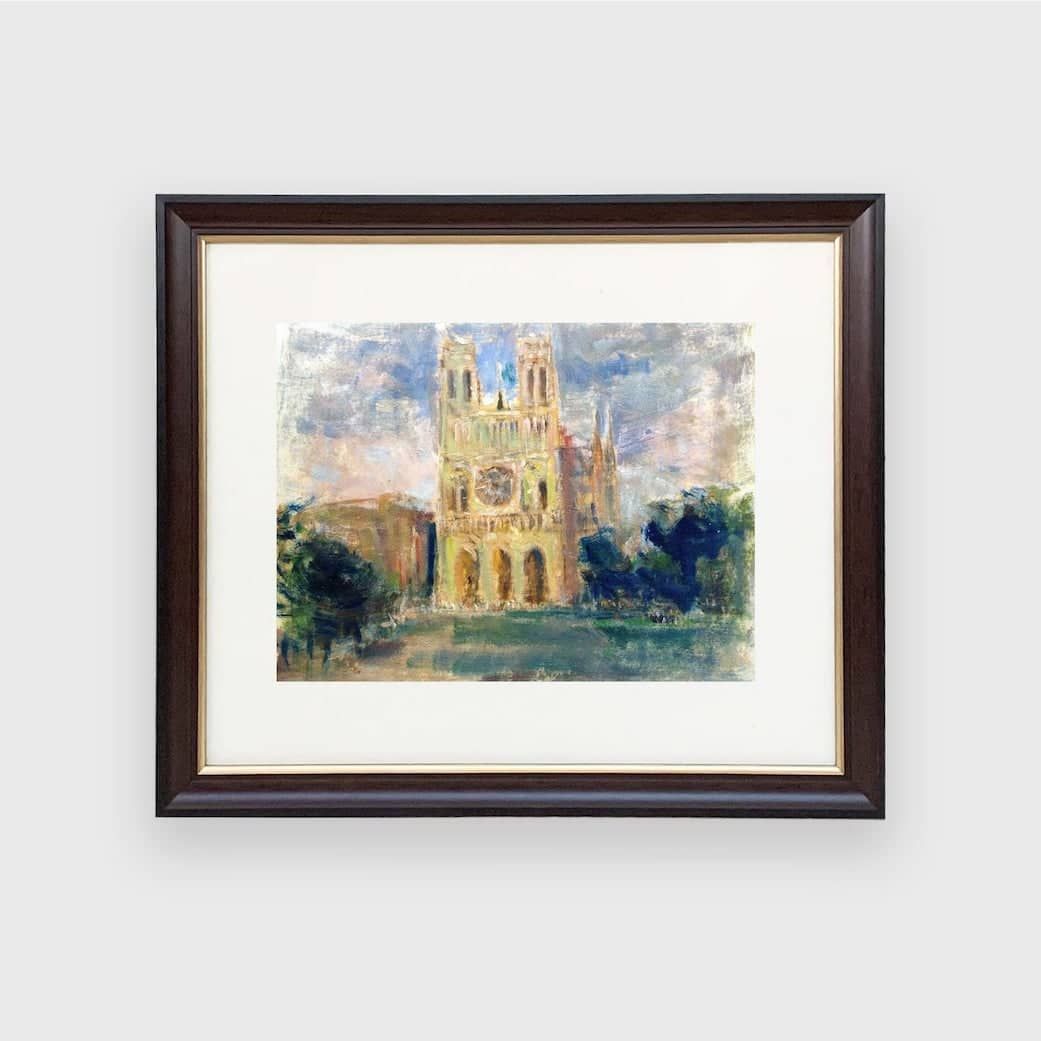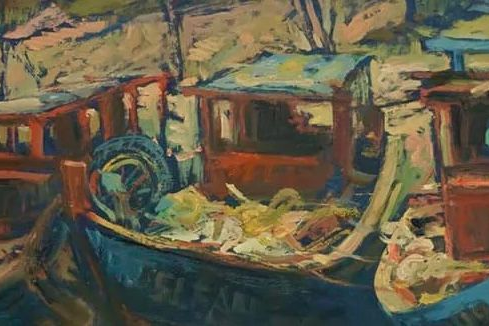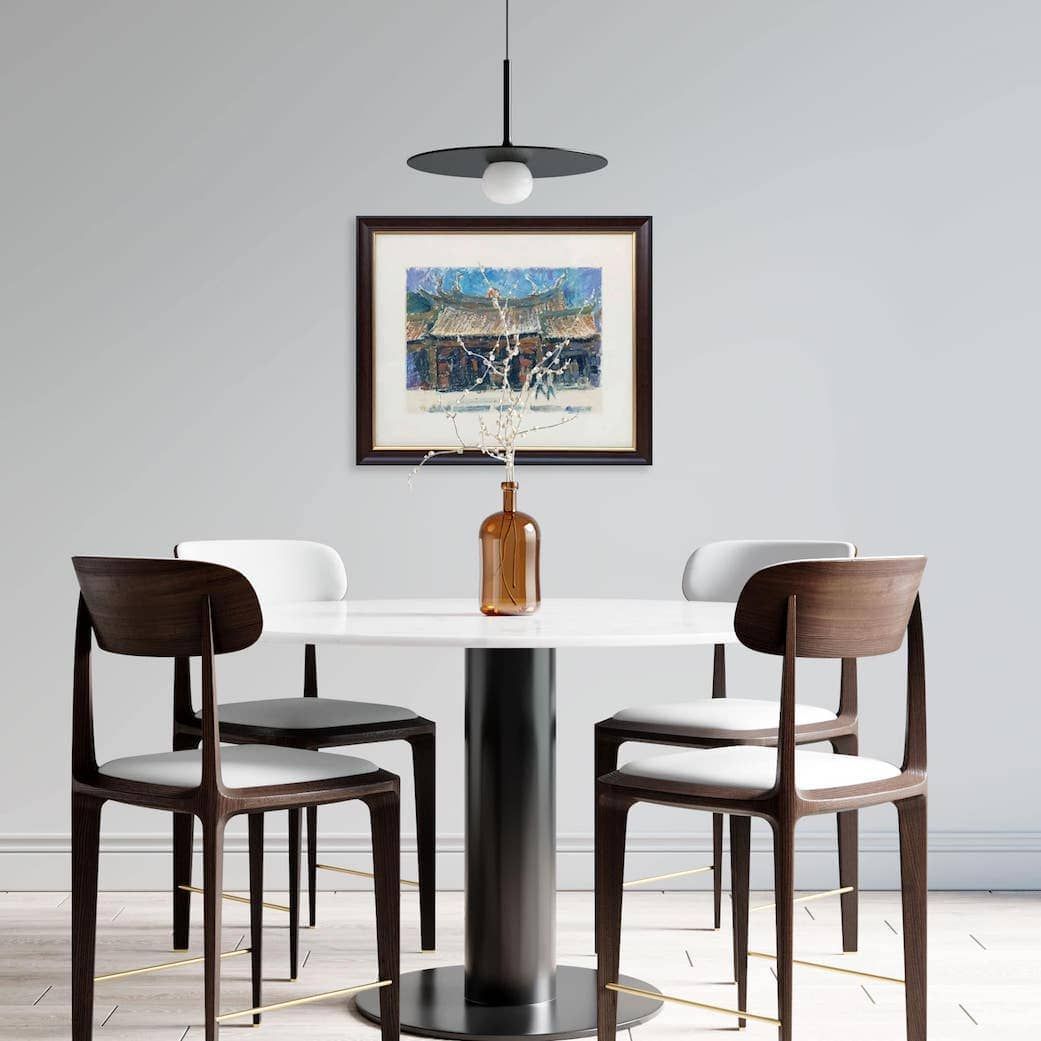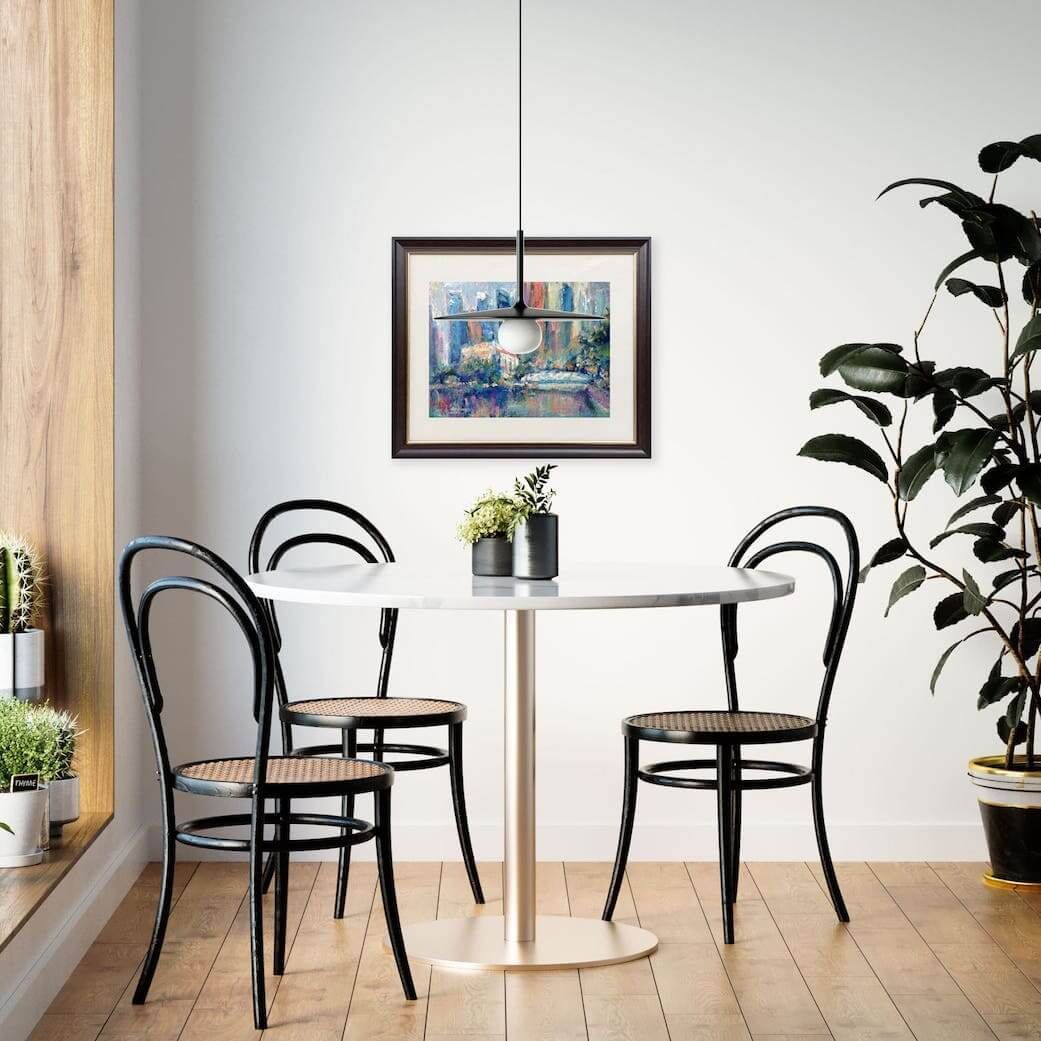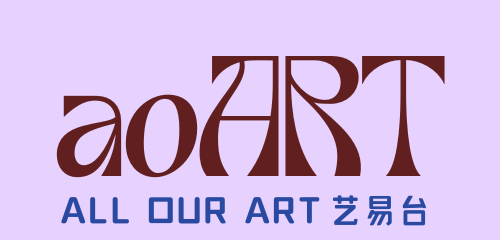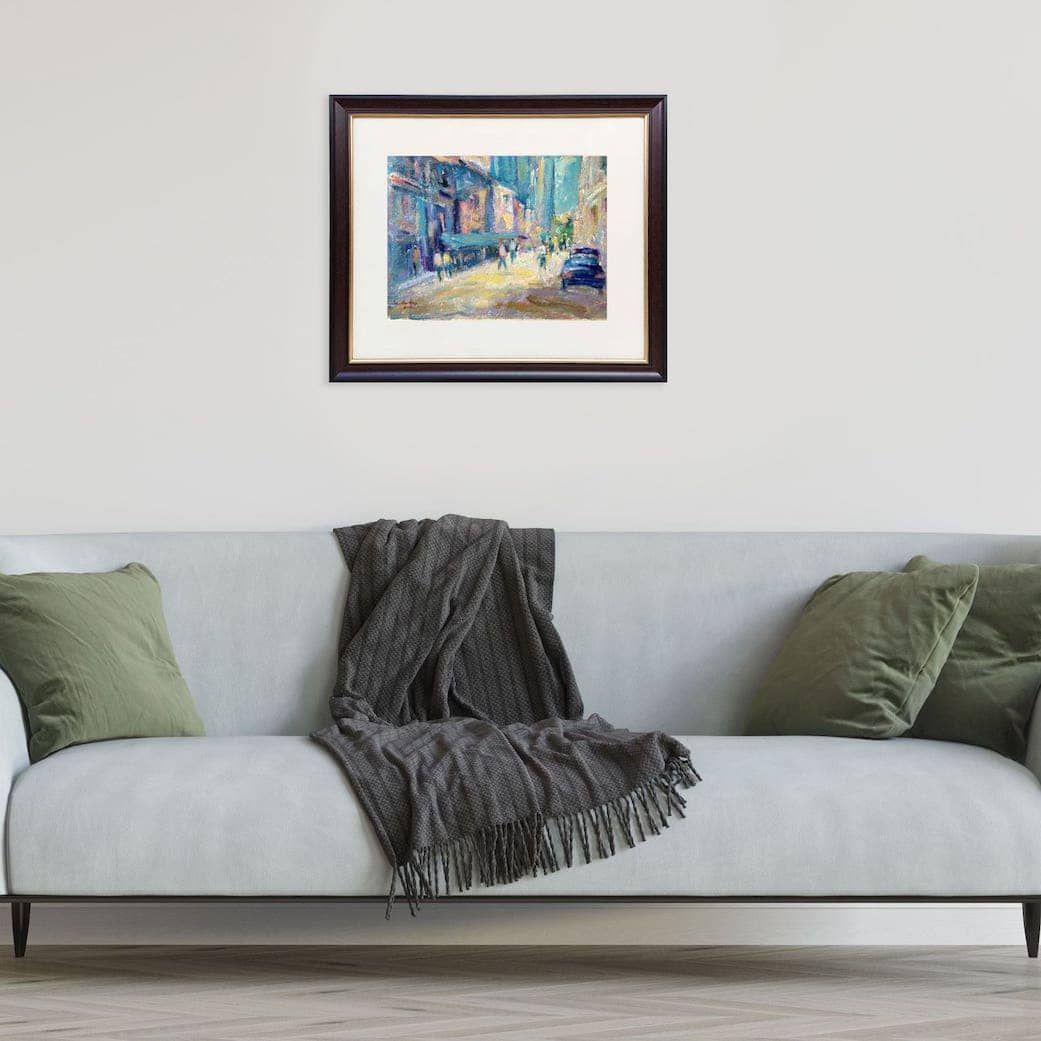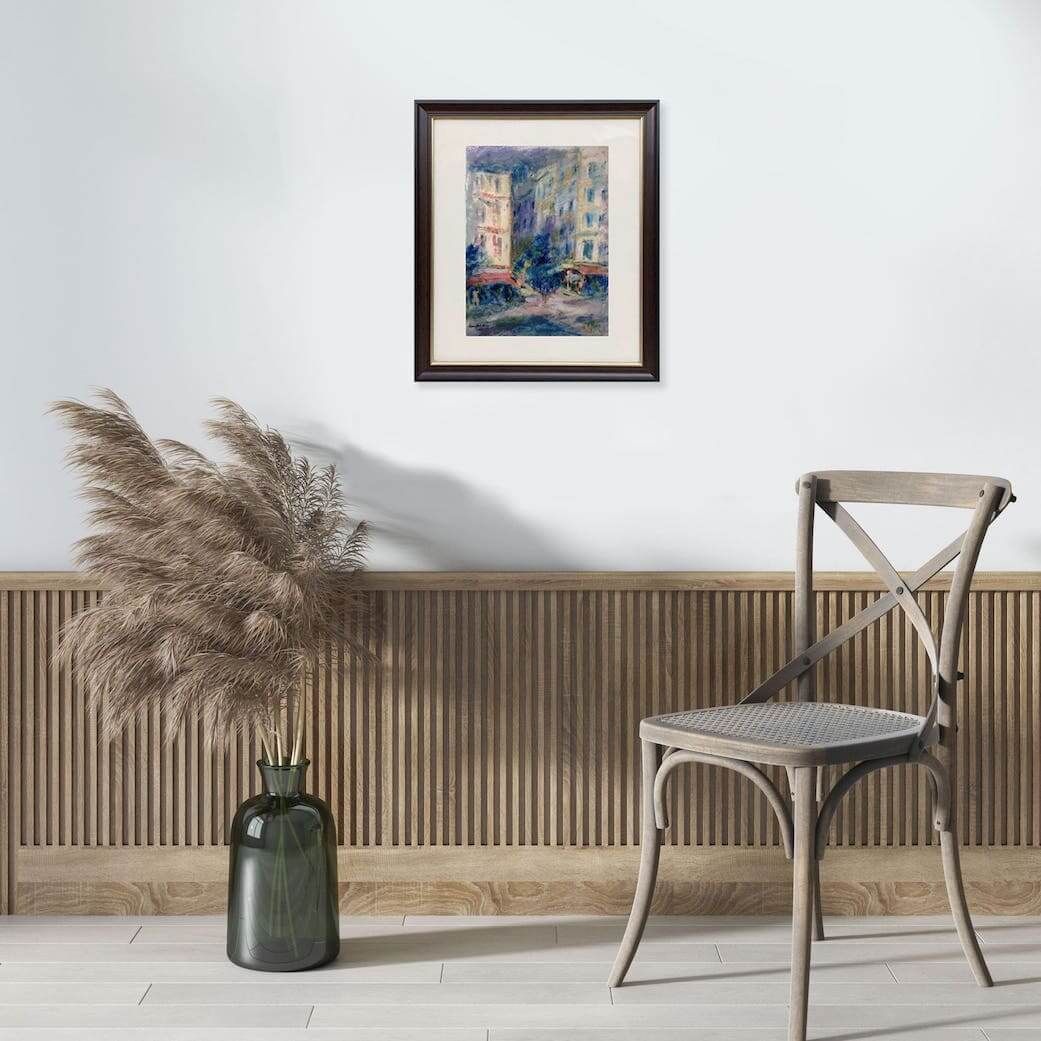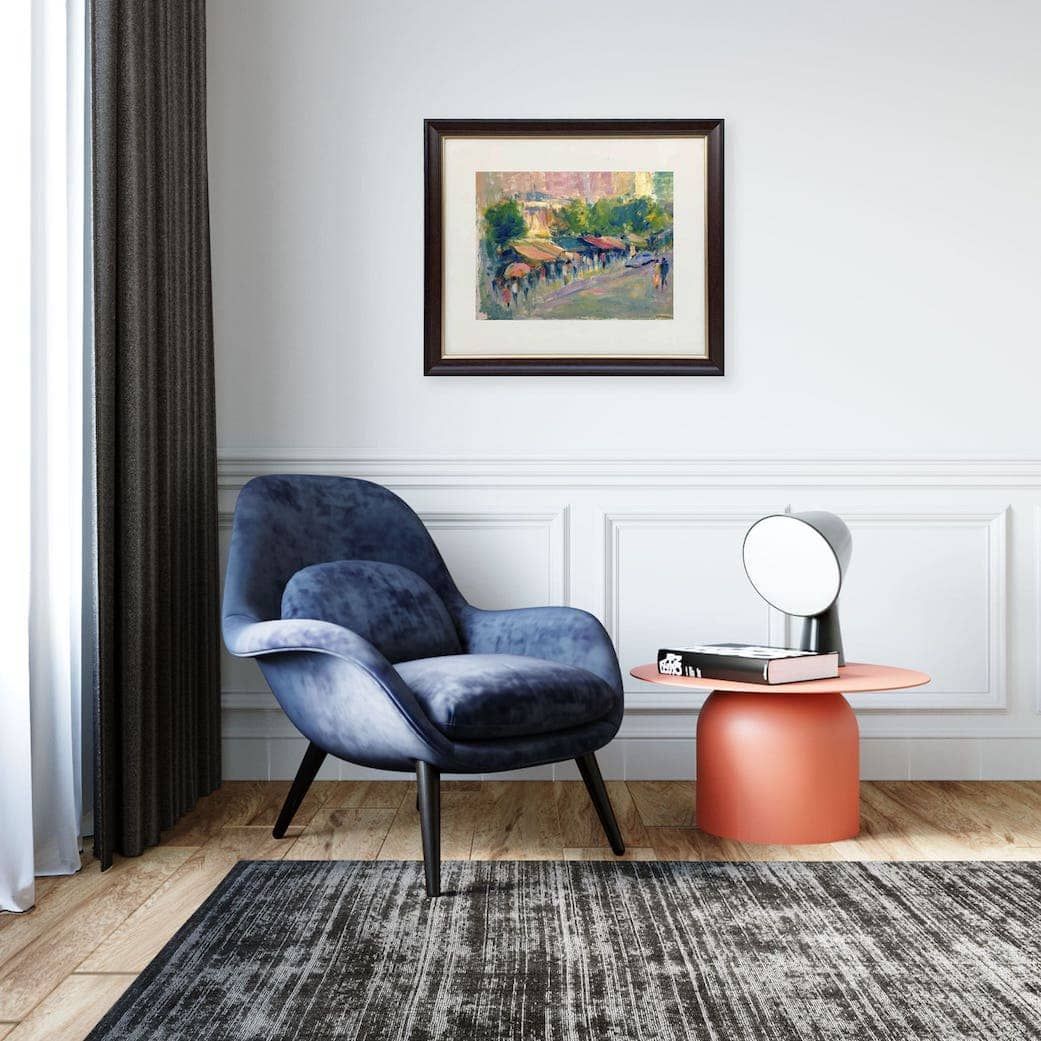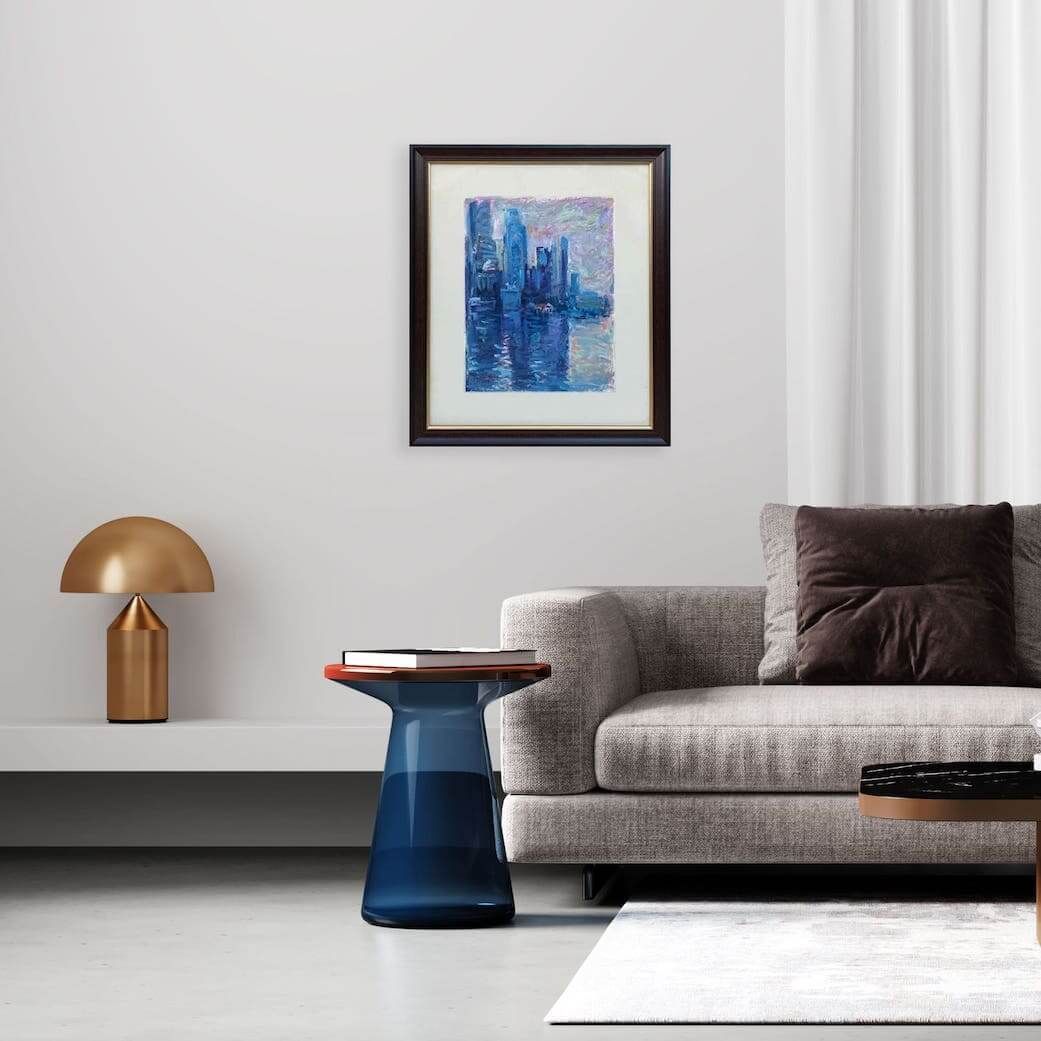How Do I Start Buying Art
How Do I Start Buying Art? Let Us Break It Down!
Starting your art collection is less about having a massive budget and more about curiosity, personal connection, and a bit of exploration. Here are some simple steps to get you going:
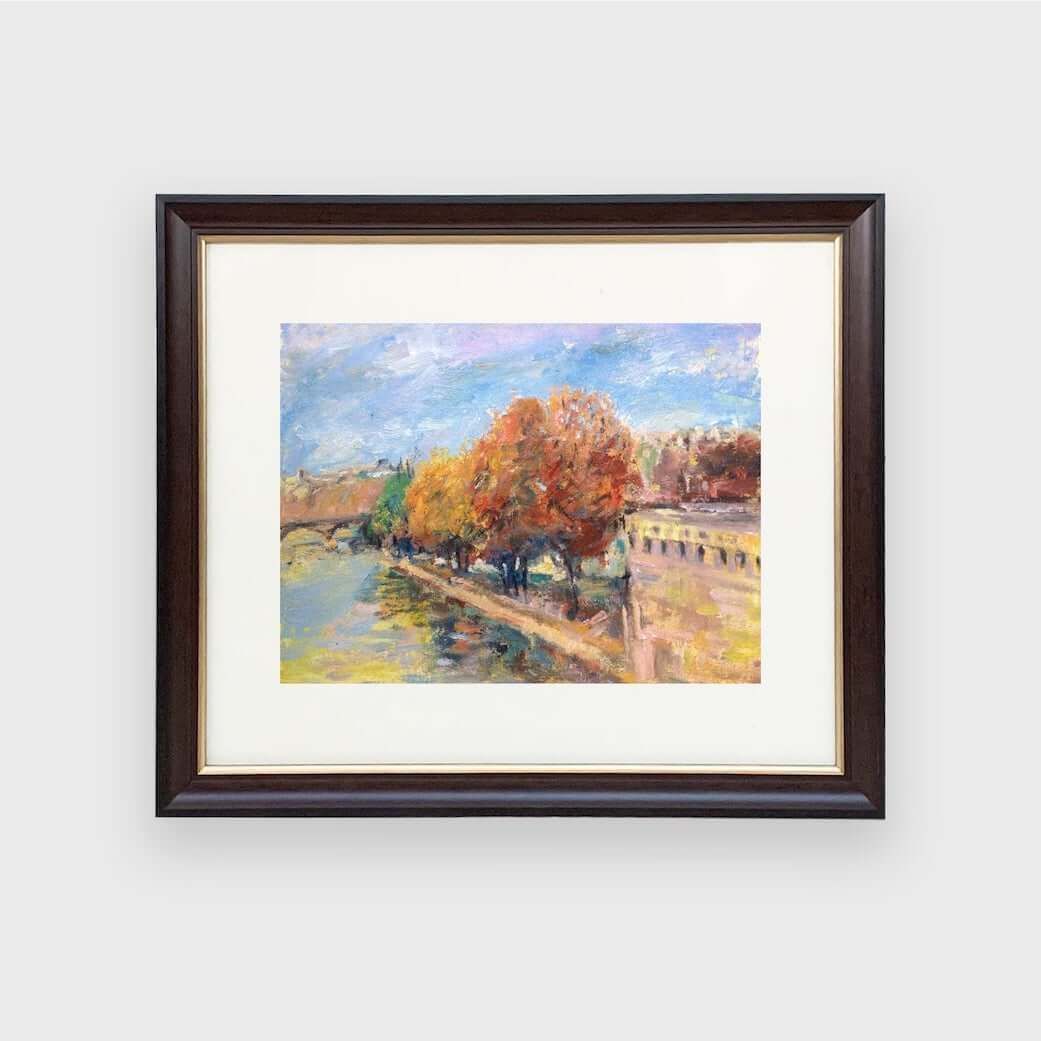
Step 1: Understand Your Taste
Before you even think about price tags, spend some time figuring out what kind of art you genuinely enjoy.
This is arguably the most important step because art is deeply personal and understanding your taste will help you make informed decisions when purchasing art.
Discover What Speaks to You
Before you start buying art, take some time to explore different styles, mediums, and artists.
Visit galleries, museums, local art fairs, or even online art marketplaces (like Artsy or Saatchi Art). Scroll through Instagram and Pinterest. Pay attention to what resonates with you.
Do you prefer abstract pieces, serene landscapes, thought-provoking portraits, or perhaps something more experimental? Are you drawn to vibrant colours or muted tones?
Notice the colours, styles, and themes that repeatedly catch your eye. Do not worry about what is "trendy" or what others are buying. This is about your taste.
Create an Inspiration Board
Consider creating a mood board or a digital collection of images that inspire you.
This can be a mix of artworks you love, colours you are drawn to, and themes that intrigue you.
This visual representation of your preferences will guide you in your art-buying journey.
You do not need to be an art expert. Trust your eye. Your taste is valid.
Step 2: Set a Budget (Realistically!)
This is where many people get intimidated, but owning art does not have to break the bank. You can find incredible pieces at almost any price point — from under $100 to tens of thousands. Think about how much you are willing to invest in your collection and remember that art can be a long-term investment. Setting a budget upfront helps narrow your choices without limiting your taste.
Determine Your Spending Limit
Art can range from affordable prints to high-end original pieces.
Setting a budget is crucial to avoid overspending and to help you focus on artworks within your financial reach.
How much are you comfortable spending on your first piece? It could be $50, $500, or more. There is no right or wrong answer.
Think in Tiers
You might start with prints, limited editions, or smaller works by emerging artists. As your confidence and budget grow, you can explore original paintings, sculptures, or larger pieces.
Consider the Value
Remember, art is an investment in your personal enjoyment and, sometimes, an actual financial investment. But primarily, buy art because you love it!
Factor in Additional Costs
When buying art, do not forget to factor in additional costs like framing, shipping, installation, and potential insurance. These can add up, so it is wise to include them in your overall budget.
Step 3: Research the Art Market
Learn About Different Types of Art
The art market can be complex with various types of art available.
Research these categories to understand what you might be interested in.
Familiarise yourself with terms like limited editions, originals, prints, and reproductions.
Follow Art Trends
Stay updated on current art trends by reading art blogs, magazines, and attending exhibitions.
This will help you understand what is popular and what might be a good investment in the future.
Step 4: Where to Find Your First Piece
Once you have a general idea of your taste and budget, it is time to start looking! One of the most common questions I hear is: “Where do I actually buy art?” Great question. Here are a few accessible options for beginners:
Art Galleries
Galleries are excellent for discovering curated works.
Do not be shy — ask questions and engage in conversations.
This will deepen your appreciation for the art and help you learn more about the artists’ intentions and techniques.
Gallery staff are usually passionate and happy to answer questions. Tell them you are new to collecting and what you are looking for. They can guide you.
Art Fairs
Art fairs offer a wide variety of styles and prices in one place.
These are fantastic places to see a lot of art in one go, meet artists directly, and often find more affordable pieces.
Perfect for exploring and the atmosphere is usually very welcoming.
Take the time to visit these venues to discover local artists and their work. Engaging with the community can also lead to valuable connections and insights.
Explore Online Marketplaces
In today’s digital age, buying art online has become increasingly popular. Websites like Saatchi Art, Artsy, and even Instagram can be great platforms to discover and purchase art.
Make sure to research the platform’s credibility and return policies before making a purchase.
Consider buying from emerging artists who often sell their work online at more accessible prices.
This not only supports their careers but also allows you to own unique pieces that may appreciate in value over time.
Student and Graduate Shows
Colleges and art schools often have student exhibitions where you can discover fresh talent and acquire art at more accessible prices.
Step 5: Ask Questions
Once you find a piece you like, do not be afraid to ask questions! A reputable seller will be happy to provide information.
- Artist Information: Ask about the artist's background, their inspiration for the piece, and their artistic process.
- Provenance (History): When buying art, especially from galleries or dealers, inquire about the provenance of the piece. Provenance refers to the history of ownership, and it can add value to your artwork. Knowing the background of the piece can enhance your appreciation for it.
- Type: Is it an original, print, or editioned work?
- Status: Is it signed and/or dated by the artist?
- Condition: Inquire about the condition of the artwork, especially if it is an older piece.
- Framing & Installation: Some pieces come framed, others do not. Discuss options for framing and how to properly hang or display your new acquisition.
- Shipping & Insurance: If you are buying from afar, clarify shipping costs, insurance, and how the artwork will be packed to ensure its safe arrival.
- Certificate of Authenticity (COA): For original works, a COA from the artist or gallery is standard and important for verifying the artwork's authenticity.
The more you know, the more confident you will feel in your purchase.
Step 7: Make Your Purchase & Care for Your Art
Trust Your Instincts
When you find a piece you love, trust your instincts.
If it speaks to you and fits your budget, go for it!
Art is a personal investment, and you should feel excited about your purchase.
Proper Display and Maintenance
Once you have made your purchase, take care of your artwork.
Proper display and maintenance are essential to preserving its value and beauty.
Consider factors like lighting, humidity, and temperature when displaying your art.
Insurance Considerations
If you have invested a significant amount in your art collection, it might be wise to consider insurance. This will protect your investment in case of damage or theft.
